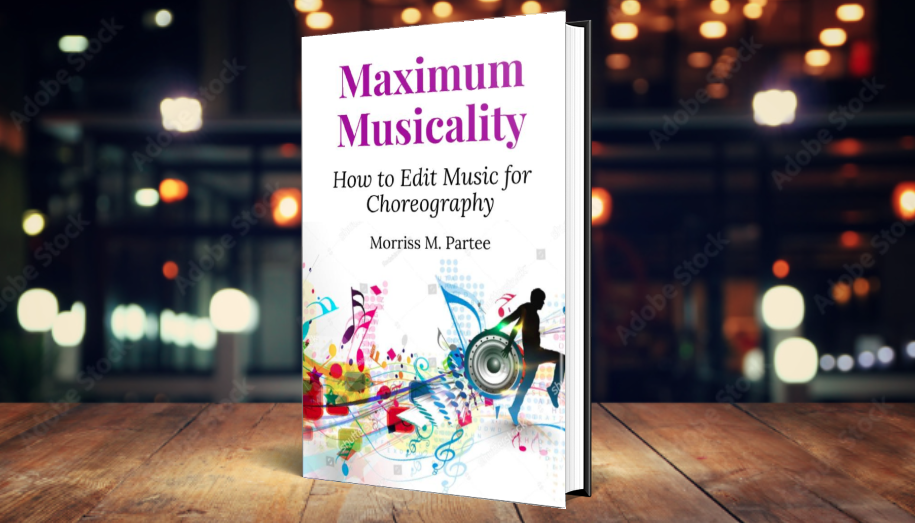 I realize that there are many people coming to this site who may not be aware of what can be done to music to get it into shape for a dance routine. So here are just a few of the things that can be changed or re-shaped in getting a song ready for choreography. If you have any questions about it, don’t hesitate to send me an email with your questions!
I realize that there are many people coming to this site who may not be aware of what can be done to music to get it into shape for a dance routine. So here are just a few of the things that can be changed or re-shaped in getting a song ready for choreography. If you have any questions about it, don’t hesitate to send me an email with your questions!
- Edit the song for smoothness – Many amateur music editors will cut a song in a spot that doesn’t make sense for a smooth flow. We have an in-depth understanding of music structure that enables us to deliver a polished edit that flows best for choreography. Just let us know how long the routine will be, and we will deliver your song at that length. Email me for more info; pricing is $39 per song.
- Speed up a song – Advances in digital music processing enable us to speed a song up (or slow a song down) by a little bit or a whole lot. Tempo is usually measured in Beats Per Minute (or BPM). Many dance songs have a tempo in the ballpark of 120-126 BPM. Faster songs that are danceable are 132-140 BPM, and there are other songs that work at 90-100 BPM. It’s all about the groove. Since most dancers don’t know the BPM of a song, it’s okay to tell us that you want a song sped up by 5% or slowed down by 10%.
- Slow down a song – see above. Any music can be sped up or slowed down. We can even deliver several versions for you at different speeds, for rehearsal purposes.
- Create a unique remix – Given the right parameters, we can come up with a unique remix of a song or combination of songs. This takes some collaboration, so if you are interested in something like this, this or this, then send me an email, and we can talk further on the phone or via email. Usually this process starts with a concept for the dance, and continues from there.
- Make a song louder – Dancers often want their music to sound as loud as every other song that is being played on a sound system. If you are using a song from a movie soundtrack, or an older song from many years ago, and it’s not loud enough compared to other songs being used, send it my way and we’ll get it just right for you. Sometimes older songs could use more bass, and we can increase the bass as well. (more on Mastering for Loudness here).
- Remove swear words or other objectionable lyrics – Many songs have a clean version available, but many do not. Some songs have objectionable lyrics throughout, and should not be used for family-oriented dance. Sometimes a song will be perfect, but have one or two objectionable words or phrases. I have successfully removed such words from many songs, even ones where it seemed impossible. I am proud to have helped one dance group improve their score because competition judges were deducting points because of the objectionable lyrics in a Christina Aguilera Burlesque song. I removed the offending lyrics that were repeated six times throughout the song, and the routine no longer received deductions due to the content of the music.
That covers the basics. Happy dancing!









